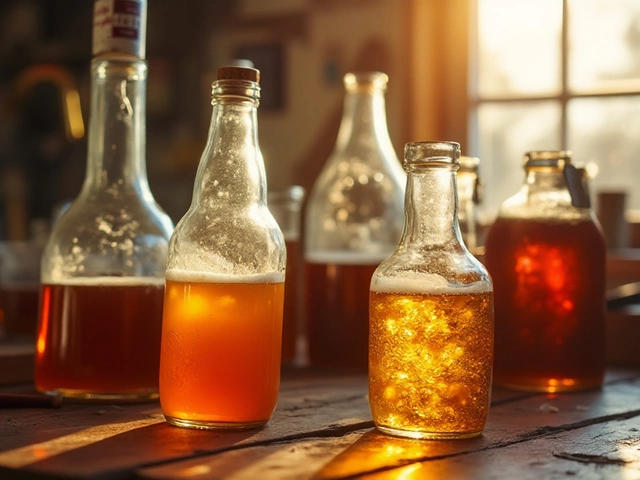Gin Botanicals: The Secrets Behind Your Favorite Spirits
If you’ve ever wondered why one gin tastes citrusy and another feels earthy, the answer is in the botanicals. These are the herbs, spices, fruits and other plant bits that get steeped or vapor‑infused with the spirit. Understanding them helps you pick a gin you’ll really enjoy and even lets you experiment at home.
Most gins start with a base of neutral grain spirit. From there, a master blender adds a mix of botanicals. The classic trio – juniper, coriander and angelica root – shows up in almost every recipe. Juniper gives that piney bite, coriander adds a subtle citrus note, and angelica brings a herbal backbone.
Core Ingredients and Their Flavors
Beyond the classics, each addition changes the vibe. Citrus peels like lemon, orange or grapefruit brighten the nose and add a fresh finish. Some gins use cardamom for a warm spice, while cinnamon or cassia introduces a sweet warmth. Floral botanicals such as lavender, rose petals or hibiscus can turn a gin into something perfume‑like, perfect for a summer cocktail.
Root vegetables and woods, like orris root or oak chips, give depth and a hint of earth. Rare picks like cucumber, cucumber, or even seaweed bring a crisp, marine touch that’s popular in modern “London Dry” styles. The balance of sweet, bitter, floral, and spicy comes from how much of each botanical is used and when it’s added during distillation.
How to Choose and Use Botanicals at Home
When you shop for a bottle, look at the label. If it lists several botanicals, you’ll likely get a more complex flavor. A short list (just juniper and a couple of herbs) usually means a cleaner, sharper gin. Try a few different brands side by side; note which aromas stand out to you.
If you want to tinker yourself, start with a neutral spirit and a small batch of botanicals. A common ratio is about 20‑30 g of dried botanicals per litre of spirit. Put them in a sealed jar, let them sit for 24‑48 hours, then strain and give the mix a gentle heat‑infusion for a few minutes. Taste as you go – you can always add more, but you can’t take it out.
Using botanicals in cocktails is simple. A classic gin & tonic works best with bright citrus peels and a pinch of coriander. For a floral twist, drop a few lavender buds or a rosemary sprig into the glass. If you love spice, muddle a slice of fresh ginger before shaking your gin sour.
Remember, the goal isn’t to make the gin taste like a garden – it’s to balance the flavors so they support each other. Too much of any one botanical can overwhelm the others, so start small and adjust. Over time you’ll develop a feel for what combos you like best.
So next time you reach for a gin, think about the botanicals behind it. Knowing what each herb or fruit does will make you a better drinker and maybe even a budding gin maker. Cheers to exploring the world of gin botanicals, one sip at a time!
Trying to find the most flavourful gin feels like tracking down a moving target—there’s way more going on than just juniper. This article digs into which gins really stand out for taste and why. You’ll get practical tips from real distillery tours, plus advice on how to pick a bottle that actually delights your taste buds. We’ll share which botanicals boost the flavor, what to expect from a good distillery visit, and how personal preferences play into it all. Get ready to seriously upgrade your next G&T.
View Details

